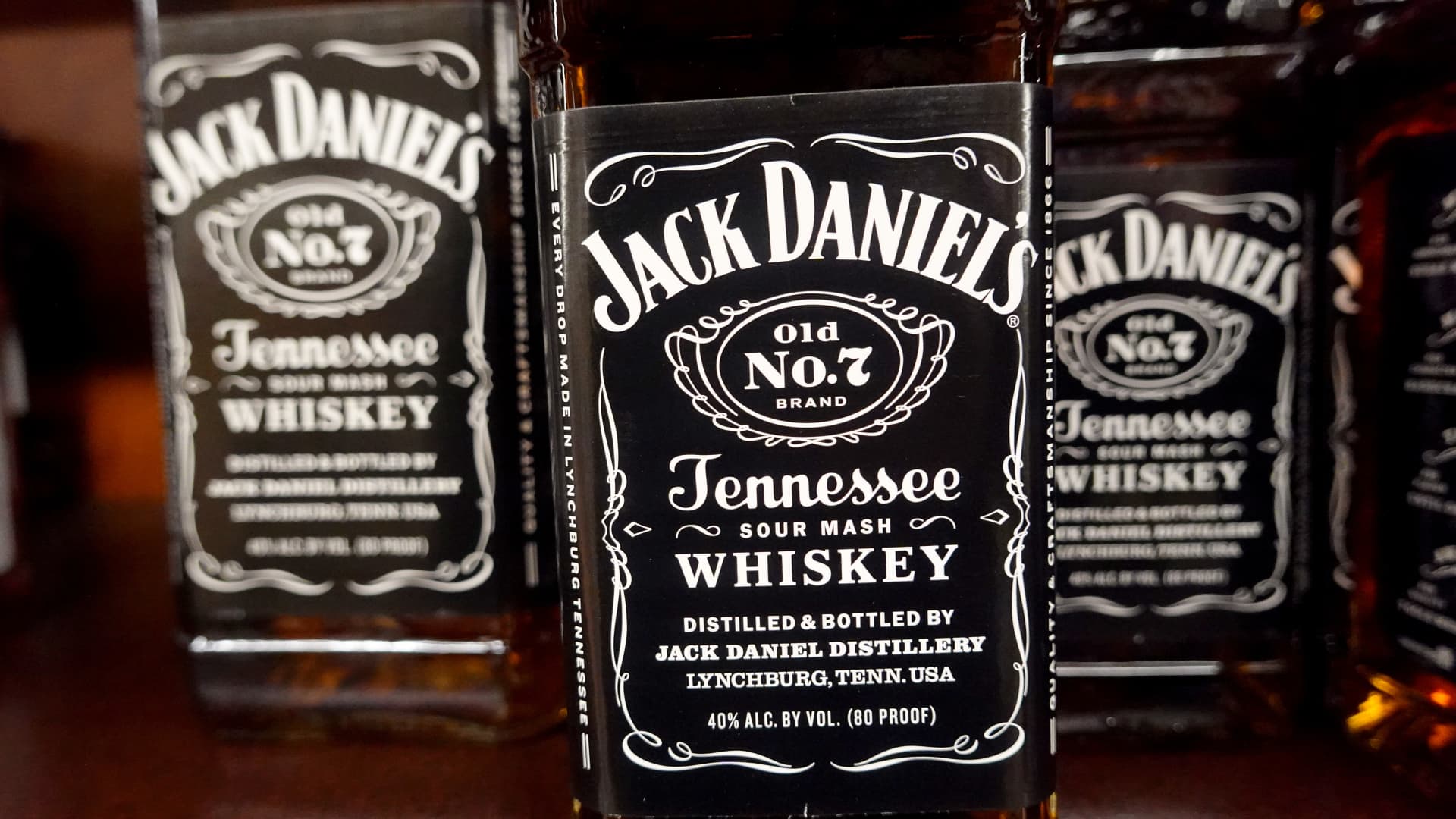Understanding Brown-Forman’s Recent Struggles: A Deep Dive into Market Challenges and Strategic Outlook
Brown-Forman, a prestigious name in the spirits industry known for flagship labels like Jack Daniel’s, Woodford Reserve, and Old Forester, currently finds itself navigating through a period of considerable turbulence. The company’s recent financial performance and future outlook reflect the intricate challenges that have emerged from shifting market conditions, evolving consumer preferences, and geopolitical uncertainties. This analysis uncovers the layers behind Brown-Forman’s current difficulties and explores the strategies it might employ to regain stability and growth.
Stock Performance and Earnings: An Unsettling Reality
In the wake of Brown-Forman’s latest earnings announcement, the company’s stock price experienced a sharp downturn, plummeting more than 15%, with some reports noting declines beyond 17%. This reaction was largely fueled by figures missing analysts’ expectations: earnings per share came in at $0.31, against anticipated $0.34, while quarterly revenues of approximately $894 million fell short of consensus forecasts.
This financial shortfall signals more than just a momentary blip; it mirrors a wider softness in consumer demand that directly impacted sales volumes, especially of Jack Daniel’s Tennessee Whiskey—a cornerstone of Brown-Forman’s portfolio. The disconnect between expectations and delivered results has triggered a reevaluation by investors, casting a shadow on confidence levels in the company’s near-term performance.
Underlying Factors in Sales Decline and Brand Performance
At the heart of Brown-Forman’s challenges lies a notable 6% drop in sales of Jack Daniel’s. This downturn may stem from multiple influences: consumers tightening their wallets amid economic headwinds, shifts in taste preferences, or increased competition both from traditional spirits and new beverage categories. While premium brands like Woodford Reserve and Old Forester did see some gains, these were insufficient to counterbalance the overall decline, illustrating a fragile revenue base heavily reliant on a few key products.
Adding to the complexity is the reduced revenue from non-branded and used barrels—a segment historically supplementing the company’s earnings. When combined with tariff-related costs and global economic volatility, these sales pressures have conspicuously strained Brown-Forman’s organic sales and operating margins.
The Macroeconomic and Tariff-Related Tempest
Brown-Forman’s situation is emblematic of a broader landscape where luxury and discretionary goods wrestle with subdued consumer spending. Inflationary pressures and economic uncertainties have sapped consumer willingness to spend on premium spirits, an effect magnified in geographies sensitive to economic cycles.
Tariff dynamics further complicate this. Although Brown-Forman benefited from the European Union’s withdrawal of retaliatory tariffs on American whiskey—a welcome reprieve—lingering uncertainties about future trade barriers loom large. Tariffs not only escalate costs but also disrupt supply chains and pricing strategies, thereby eroding profit margins and creating barriers to seamless international market operations. This persistent trade tension forces Brown-Forman to remain agile in its pricing and market positioning decisions.
Strategic Outlook: Navigating the Road Ahead
Brown-Forman’s cautious forecast for fiscal 2026, which anticipates low single-digit declines in organic net sales and operating income, underscores a prudent recognition of prevailing headwinds. This conservative guidance, while contributing to current market pessimism, reflects an honest appraisal of challenges and a foundation for measured recovery planning.
Faced with these hurdles, strategic pivots seem imperative. Portfolio optimization—potentially emphasizing stronger-performing premium brands or innovating in adjacent categories—alongside rigorous cost management, could help stabilize margins. Furthermore, deepening penetration into resilient or emerging markets might offset softness in traditional geographies, presenting avenues for renewed growth. The company’s ability to harness brand equity and operational efficiencies will be pivotal in this recalibration.
Conclusion: Reclaiming Momentum in a Shifting Landscape
Brown-Forman’s recent performance paints a vivid picture of the pressures confronting a historic spirits manufacturer amid economic and geopolitical complexity. The decline in its flagship Jack Daniel’s sales against a backdrop of macroeconomic volatility and tariff uncertainties underscores the vulnerability inherent in discretionary luxury markets during turbulent times.
Yet, this period of challenge also holds potential. With its robust portfolio and formidable brand recognition, Brown-Forman possesses critical assets that could facilitate a comeback. Success hinges on the company’s agility—adapting through innovation, market diversification, and operational sharpening. The coming fiscal year is poised to be defining, testing whether Brown-Forman can pivot effectively and restore investor confidence, setting the stage for sustainable long-term resilience in an evolving global marketplace.











